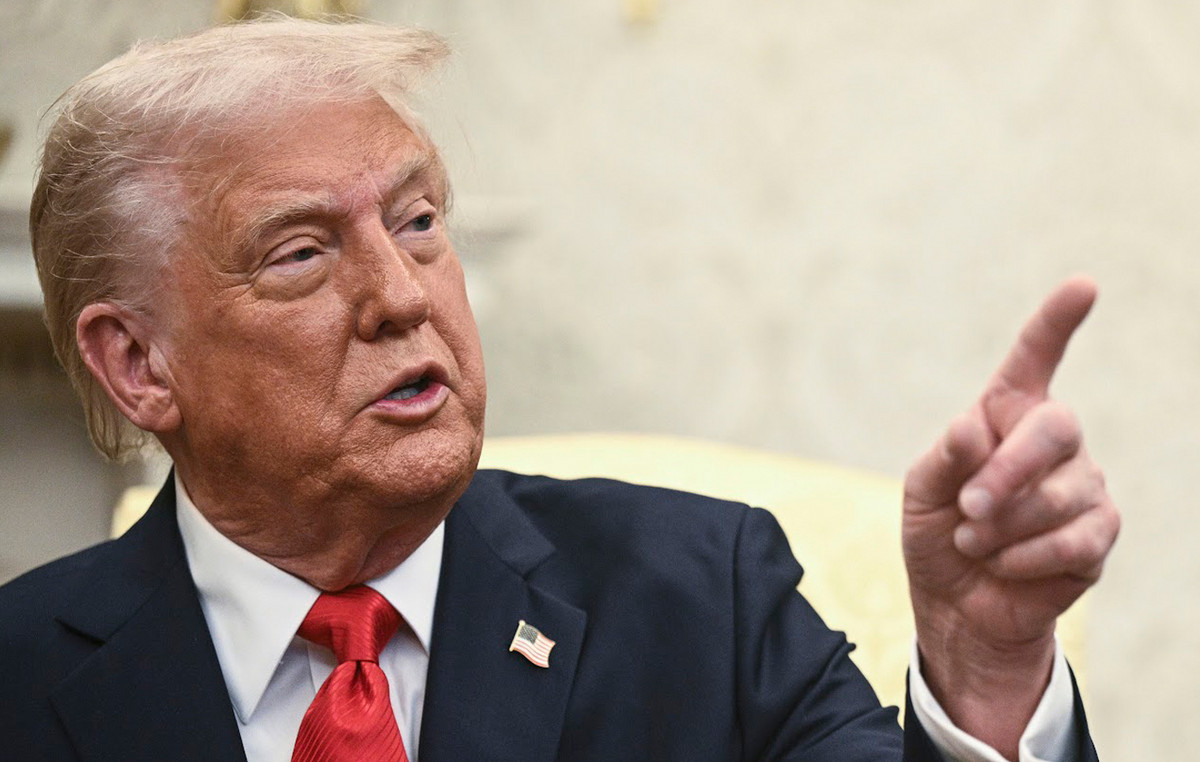- The British pound hovers around two-month highs around 1.2500, amid upbeat sentiment in the markets.
- British inflation slowed more than expected in October.
- UK annual headline inflation fell below 5% for the first time in two years.
The British Pound (GBP) faced a nominal sell-off after refreshing a two-month high, as price pressures in the UK economy eased significantly in October. The annual headline Consumer Price Index (CPI) grew at a slower pace of 4.6%, adding to signs that British Prime Minister Rishi Sunak will be able to deliver on his promise to halve inflation by the end of this year. anus. Meanwhile, the UK Producer Price Index (PPI) fell, suggesting that goods producers were forced to cut factory gate prices due to poor demand prospects.
The GBP/USD pair gave up nominal gains following a weak inflation report, but overall demand is strong due to improving risk appetite among market participants. The attractiveness of risk assets increased significantly following the moderation of consumer inflation in the US economy and hopes that the Federal Reserve (Fed) will not raise interest rates again.
Daily Market Summary: Pound Recovers on Dollar Weakness
- The British Pound is facing some selling pressure as the UK Office for National Statistics (ONS) has reported that inflation has decreased significantly in October.
- The appeal for the British pound is optimistic as market sentiment is bullish on easing price pressures in the US economy.
- The British economy’s monthly headline inflation remained stagnant in October, while investors anticipated nominal growth of 0.1%. In September, general inflation grew strongly, by 0.5%. The annual headline CPI rose 4.6%, slower than the consensus of 4.8% and the previous reading of 6.7%.
- This indicates that Prime Minister Rishi Sunak’s promise to halve inflation to 5.4% by the end of the year has been fulfilled. Sunak promised to halve inflation in January, when price growth was approaching 10.7%.
- The core CPI, which excludes food and oil price volatility, has softened to 5.7%, versus expectations of 5.8% and the previous reading of 6.1%.
- It should be noted that the annual Producer Price Index (PPI) deflated in October, indicating that companies have reduced prices for goods and services offered at factory gates due to weak demand from domestic markets and foreign.
- The monthly Consumer Price Index contracted a surprising 0.2%.
- The record decline in price pressure in October indicates that the Bank of England (BoE) may not need to raise interest rates further.
- On Tuesday, BoE chief economist Huw Pill said that further tightening of monetary policy is not necessary to control inflationary pressures, but that the BoE is prepared if necessary. He further added that the BoE should focus on inflation, without addressing other issues in the British economy.
- BoE policymakers could debate cutting rates sooner as the British labor market faces the wrath of higher interest rates.
- On Tuesday, the British labor market lost workers for the third time in a row, as companies have seen a sharp decline in new business creation. The unemployment rate remained unchanged at 4.2%.
- British businesses are pessimistic about the short-term environment, expecting the Bank of England to keep interest rates rising until at least mid-2024.
- Meanwhile, the DXY Dollar Index remains at two-month lows around 104.00 as US inflation slowed at a faster pace in October due to a sharp sell-off in global oil prices. . The 10-year US Treasury yield has fallen to around 4.44%.
- Investors hope that the Federal Reserve’s (Fed) rate tightening campaign is over.
- Although US inflation softened in October, Richmond Fed President Thomas Barkin said the central bank is making real progress on inflation, but he is not convinced that inflation is on a smooth path toward 2 %. Barkin warned that the Fed has to do more to curb demand and inflation.
Technical Analysis: British Pound Tests 1.2500 Level
The British pound marks a new two-month high near the crucial resistance of 1.2500 on improving market sentiment. The GBP/USD pair recovers after testing the breakout zone of the symmetrical triangle formed in the daily timeframe. The pair has broken above the 200-day exponential moving average (EMA), indicating that short-term demand has turned bullish.
Pound Sterling FAQ
What is the Pound Sterling?
The British Pound (GBP) is the oldest currency in the world (886 AD) and the official currency of the United Kingdom. It is the fourth most traded currency unit in the world, with 12% of all transactions and an average of $630 billion per day, according to 2022 data.
Its key currency pairs are GBP/USD, also known as “Cable”, which represents 11% of the forex market, GBP/JPY, or the “Dragon” as it is known to traders (3%), and EUR/GBP (2%). The pound sterling is issued by the Bank of England (BoE).
How do Bank of England decisions influence the Pound Sterling?
The most important factor influencing the value of the Pound Sterling is the monetary policy decided by the Bank of England. The Bank of England bases its decisions on achieving its main objective of “price stability”, that is, a stable inflation rate of around 2%. Its main tool to achieve this is the adjustment of interest rates.
When inflation is too high, the Bank of England tries to contain it by raising interest rates, which makes access to credit more expensive for individuals and companies. This tends to be positive for the GBP, as higher interest rates make the UK a more attractive place for global investors to park their money.
When inflation is too low, it is a sign that economic growth is slowing. In this scenario, the BoE will consider lowering interest rates to make credit cheaper, so that companies borrow more to invest in projects that generate growth.
How does economic data influence the value of the Pound?
The published data gauges the health of the economy and may influence the value of the Pound sterling. Indicators such as GDP, manufacturing and services PMIs, and employment can influence the direction of the Pound.
A strong economy is good for the British pound. Not only does it attract more foreign investment, but it may encourage the Bank of England to raise interest rates, which will directly strengthen the Pound. Otherwise, if economic data is weak, the pound is likely to fall.
How does the trade balance affect the Pound?
Another significant data for the pound sterling is the trade balance. This indicator measures the difference between what a country earns from its exports and what it spends on imports during a given period.
If a country produces highly sought-after exports, its currency will benefit exclusively from the additional demand created by foreign buyers wishing to purchase these goods. Therefore, a positive net trade balance strengthens a currency and vice versa for a negative balance.
Source: Fx Street
I am Joshua Winder, a senior-level journalist and editor at World Stock Market. I specialize in covering news related to the stock market and economic trends. With more than 8 years of experience in this field, I have become an expert in financial reporting.







